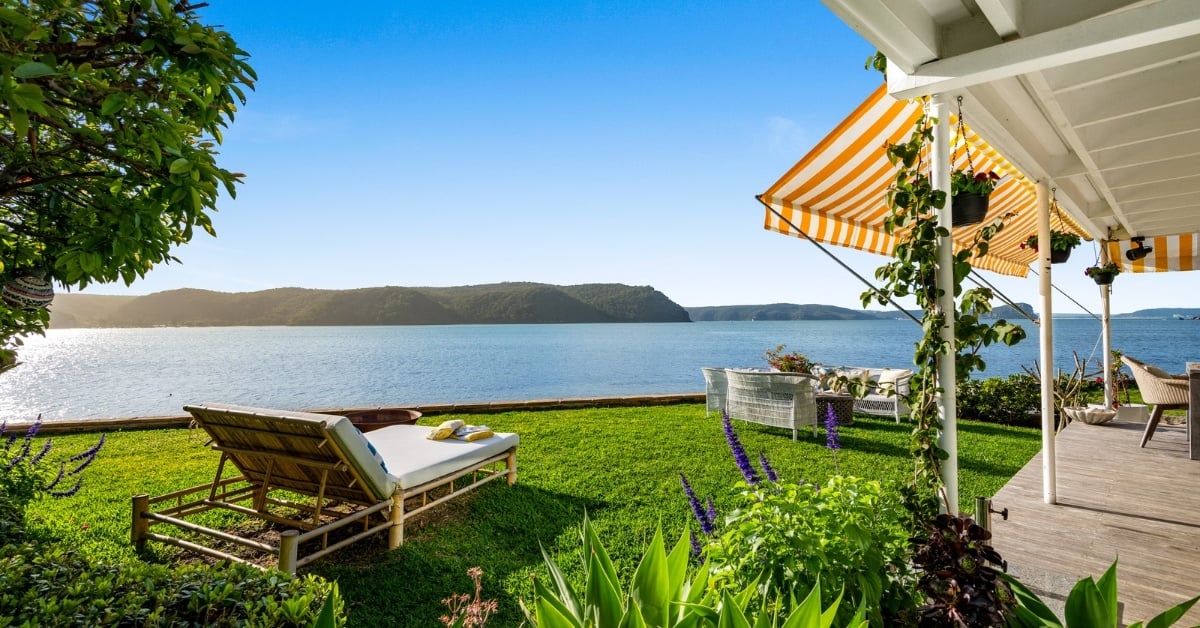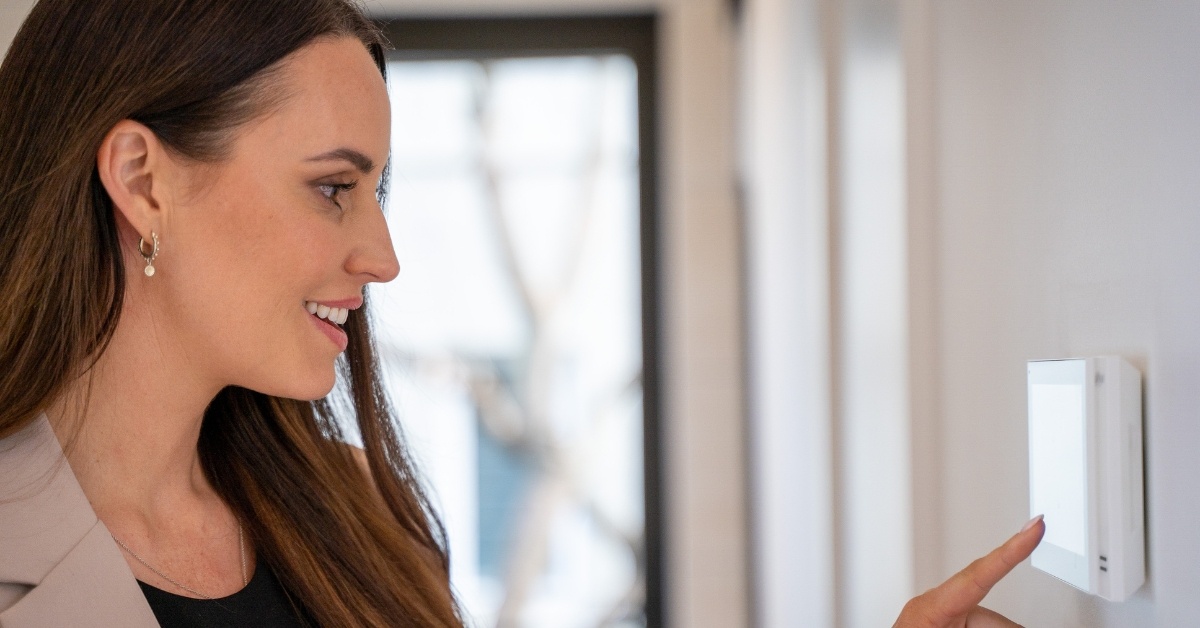Multi-Generational Living: How to Find the Right Property

Purchasing a property with in-laws or adding a backyard granny flat can be a smart solution in an expensive housing market. However, affordability isn’t the only reason multi-generational living is on the rise.
Once seen as something to avoid at all costs, many people now recognise the benefits of living with family.
To make it a success, it is important to do your research and determine exactly what type of dwelling will work best for everyone. Let’s take a look at how you can make sure that everyone’s needs are met without putting a strain on relationships.
Why is multi-generational living on the rise?
Research from the University of New South Wales City Futures Research Centre shows one in five Australians live in a multigenerational household. This increases to around one in four Sydneysiders residing with relatives.
Sharing childcare is just one of the many benefits. Many elderly people prefer living with family over aged care facilities. In many cultures, aging parents move in with their adult children as a sign of respect and support.
In addition, many young people are moving back into the family home to save for a property of their own.
“‘We find that whether forced to live in the arrangement because of financial pressure or not, people like having their family around and having that companionship and support,” said Senior Research Fellow Dr Edgar Lui.
“It allows for greater intergenerational connections, especially for the older generation, they can be closer to the family and spend more time with the grandkids.”
Sanjeev Kumar, director of LJ Hooker Schofields in Sydney’s north-west, has noticed an increase in buyers looking to live with their extended family. High on their wish list are properties with a downstairs bedroom and bathroom. Buyers are also seeking existing blocks with dual occupancy potential or the ability to add a granny flat.
“With life is so busy, compounded with the costs of living rising, more families are looking at inter-generational living,” Mr Kumar said.
“Some buyers also want to be ready if parents visit from overseas for several months in a year.”
Should I add a granny flat?
Larger block sizes that allow for the addition of a second, separate dwelling are a popular option for extended families. You may even be able to add one to your existing property. Granny flats typically cost between $50,000 and $200,000.
A report by CoreLogic identified more than 655,000 sites across Australia’s three largest capital cities suitable for the construction of a self-contained two-bedroom unit. Sydney was found to have the most development opportunities, with around 242,000 potential sites, followed by Melbourne (230,000) and Brisbane (185,000).
CoreLogic Research Director Tim Lawless said adding a second self-contained dwelling not only offers extra accommodation for family members but enhances property value and creates the potential for additional rental income.
“CoreLogic figures show an extra two bedrooms and an additional bathroom could add around 32 percent to the value of an existing dwelling,” he said.
“For a house worth $500,000, the addition of a granny flat has the potential to add approximately $160,000 to the value of the property.”
The first step is to do your research to ensure the local Council will approve any plans to add a granny flat. This includes checking the minimum lot size, maximum internal space, set back from the rear and size boundaries as well as any height restrictions.
Living in the same house
Many people are also open to living under the same roof as their relatives but ideally want to be able to have their own sense of space.
Rosemary Auricchio, sales partner at LJ Hooker West Lakes | Henley Beach, said an existing home may be suitable, particularly if it has a choice of master bedrooms.
“Ideally, what extended families are looking for is a floorplan where there is potentially a wing at the rear or somewhere in the home that can be separated from the main living area,” Ms Auricchio said.
“It particularly works well if there is space to have a kitchenette or utility alcove as well as their bathroom. People don’t want to feel like they are living on top of each other, so they will look for a layout or one with the potential to make alterations so they can have that space.”
A separate entrance and even a courtyard for entertaining provide everyone with a sense of independence. Be sure to factor in the needs of older people who may require single-level living rather than a loft bedroom that requires staircase access.
Duplexes and townhouses
Duplexes tend to be more affordable to build than two separate homes. It is possible to knock down an existing home and replace it with a dual occupancy, depending on local council regulations. Local zoning needs to be checked as approval can vary even between streets in some suburbs.
A duplex development offers many advantages for extended families looking for privacy and independence while staying connected.
The land is subdivided to have two land titles, with each home connected by a common wall. It comes with the added benefit of being sold separately in the future. Like a granny flat, a duplex can also be rented out for additional income.
Who pays for what in multi-generational living spaces?
While there are many financial benefits of living together on one property, it can be a complex arrangement.
It can be helpful to seek independent legal advice, which will factor in potential problems such as relationship breakdowns or divorce. If your in-laws intend to pay for the additions or separate dwelling they are effectively investing in your property, so it is important to make sure that everyone is protected.
A legal agreement helps to mitigate risks in case the unexpected occurs and should also include an exit strategy. Be sure to include how each party will contribute to ongoing maintenance and housekeeping.
Benefits of living together
Living with family creates stronger bonds, shared memories, and support across generations.
It can combat social isolation and loneliness often experienced by older Australians while reducing stress by easing financial burdens.
By pooling resources, families can afford to live in their desired suburb and invest in a larger property.
If you are unsure whether your relationship can survive living together, it can be a good idea to try it in a rental home before making a full commitment.
How to make multi-generational living a success
Communication and respecting boundaries are key to making living with your extended family work. It is important to invest in the right property that will offer everyone the ability to come together while also being independent. It also needs to be in the right location close to public transport, shopping and schools.
LJ Hooker agents are experts in finding the right home and can look for one offering a suitable floorplan, dual occupancy or granny flat potential. Add your name to their database to be alerted of any new listings.
Are you looking for a property suitable for your family?
Find a LJ Hooker agent in your areaDISCLAIMER - The information provided is for guidance and informational purposes only and does not replace independent business, legal and financial advice which we strongly recommend. Whilst the information is considered true and correct at the date of publication, changes in circumstances after the time of publication may impact the accuracy of the information provided. LJ Hooker will not accept responsibility or liability for any reliance on the blog information, including but not limited to, the accuracy, currency or completeness of any information or links.
Share


